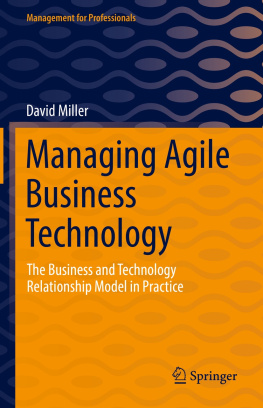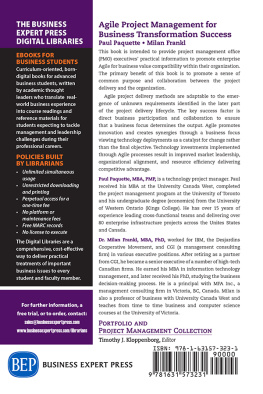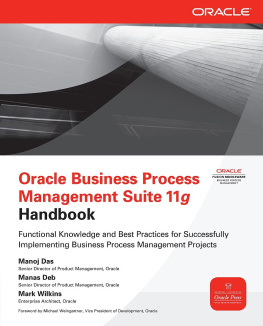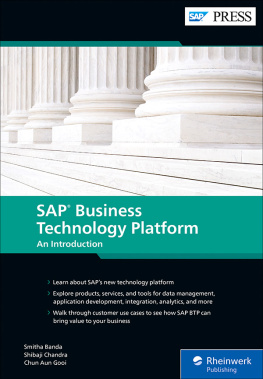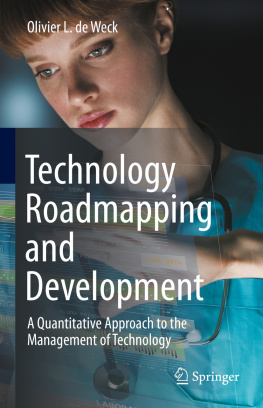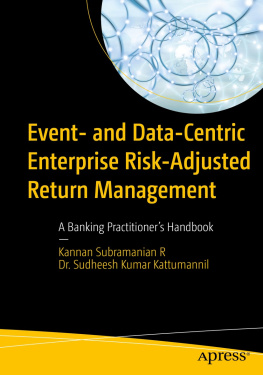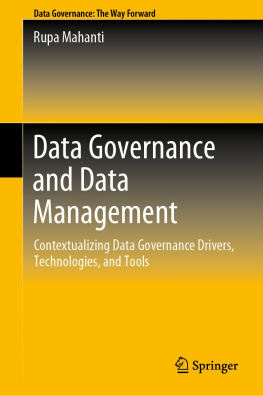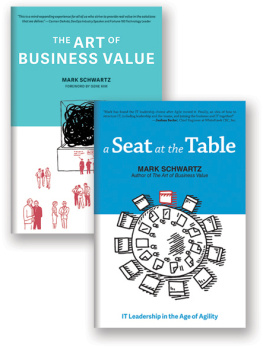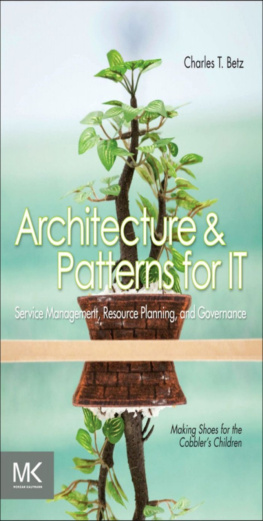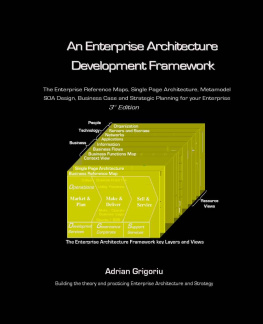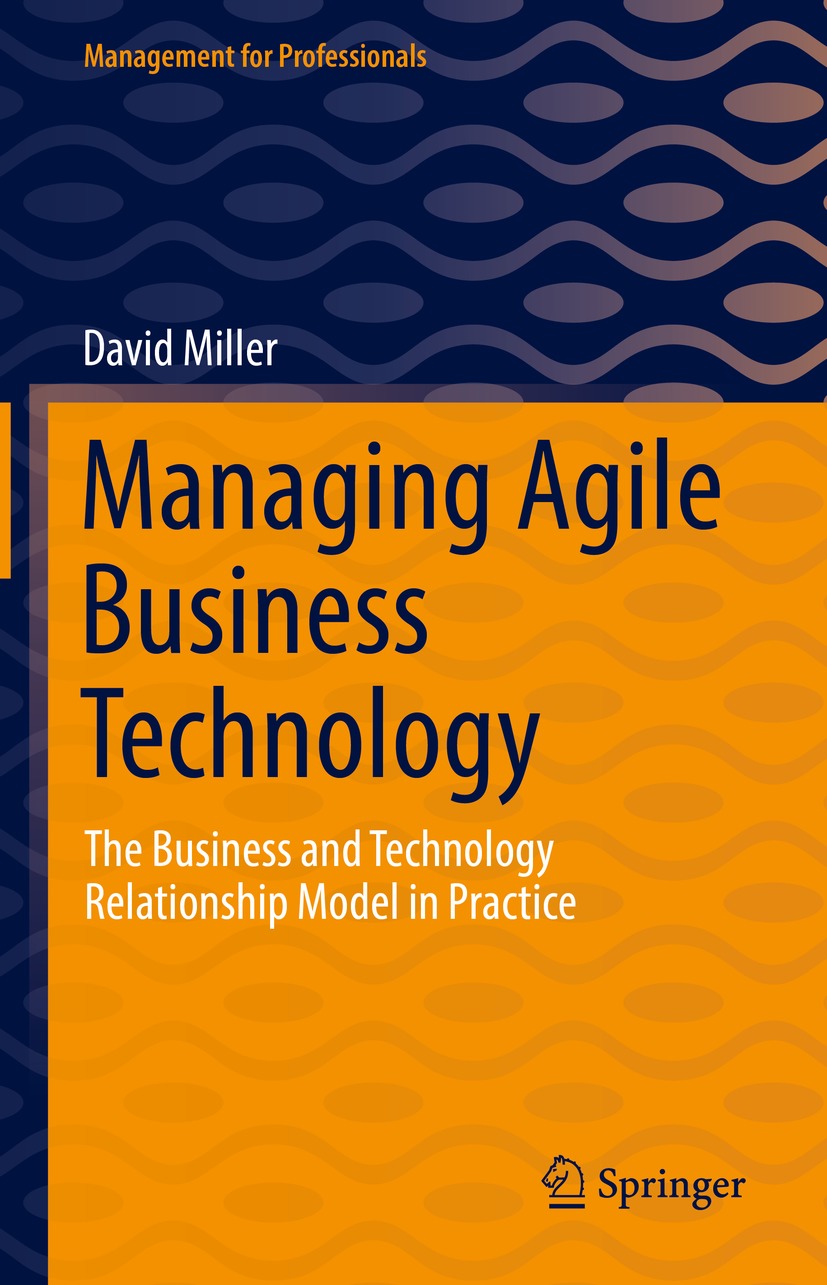Management for Professionals
The Springer series Management for Professionals comprises high-level business and management books for executives. The authors are experienced business professionals and renowned professors who combine scientific background, best practice, and entrepreneurial vision to provide powerful insights into how to achieve business excellence.
More information about this series at https://link.springer.com/bookseries/10101
David Miller
Managing Agile Business Technology
The Business and Technology Relationship Model in Practice

Logo of the publisher
ISSN 2192-8096 e-ISSN 2192-810X
Management for Professionals
ISBN 978-3-030-90597-2 e-ISBN 978-3-030-90598-9
https://doi.org/10.1007/978-3-030-90598-9
The Editor(s) (if applicable) and The Author(s), under exclusive license to Springer Nature Switzerland AG 2022
This work is subject to copyright. All rights are solely and exclusively licensed by the Publisher, whether the whole or part of the material is concerned, specifically the rights of translation, reprinting, reuse of illustrations, recitation, broadcasting, reproduction on microfilms or in any other physical way, and transmission or information storage and retrieval, electronic adaptation, computer software, or by similar or dissimilar methodology now known or hereafter developed.
The use of general descriptive names, registered names, trademarks, service marks, etc. in this publication does not imply, even in the absence of a specific statement, that such names are exempt from the relevant protective laws and regulations and therefore free for general use.
The publisher, the authors and the editors are safe to assume that the advice and information in this book are believed to be true and accurate at the date of publication. Neither the publisher nor the authors or the editors give a warranty, expressed or implied, with respect to the material contained herein or for any errors or omissions that may have been made. The publisher remains neutral with regard to jurisdictional claims in published maps and institutional affiliations.
This Springer imprint is published by the registered company Springer Nature Switzerland AG
The registered company address is: Gewerbestrasse 11, 6330 Cham, Switzerland
Authors Note
Making business technology work in what can be a complex, ambiguous, and dynamic world is not easy and our failures might lead people to think that our ability to manage the technology hasnt kept pace with the technology itself. The technology now has many agile characteristics but our management processes are sometimes seen as an obstacle to be overcome. We must change the way we work and the book sets out why thats the case, how this can be achieved, and the many benefits. The reader is given a conceptual solution and implementation choices. It has been written for business managers, business technology managers, and technology service providers (TSPs) but in a language that hopefully everybody will understand. This is important because in an age when everyone is affected by business technology, at all levels right across the extended enterprise, we ideally need all stakeholders to contribute and collaborate in its management and governance . Its also important because, given the opportunity, good ideas can come from the most unlikely places. DM
Preface
IT service providers have never had a complete picture of how well they are doing, and some might add that they have never had an up-to-date and complete picture of what they were supposed to do. We need to change the way we work.
In the frequent absence of a detailed and complete specification of what was required, packaged solutions , methodologies and maturity models became the order of the day. In organisations where little changed, this almost worked but success rates remained stubbornly low, even where specifications existed. As globalisation took hold, as the business landscape became more complex, as businesses had to become more dynamic and distributed, as it became impossible to know who to gather together to thrash out a problem, and as business demanded the earlier delivery of working solutions, our working methods have somehow failed to keep up. We need to change the way we work.
The modern world is complex, ambiguous, and dynamic. It is characterised by turbulent markets, shorter product lifecycles, disruptive technologies , industry structure change, high staff turnover, changes in employment status, increased home working, and changes to other working practices and daily life brought about by pandemics or the possibility thereof, the digital economy, and the emergence of types of artificial and non-conscious intelligence , etc. Most businesses now involve technology of many kinds, may have multiple technology service providers (TSPs), and customers and suppliers will have their own technology arrangements. As a consequence, our world is always presenting multiple challenges and opportunities that require a technology solution of one kind or another, and its not unusual for something new to impact work that is in progress more than once prior to its implementation.
It can be argued that the business world has always been in a state of flux and it is surprising then that from the business perspective , there has never been a coherent business technology management and governance model that takes account of the true nature of our world. Instead, we mostly have just a bricolage of IT methods and standards for IT delivery that are as opaque to business people as is sometimes the technology itself. Perhaps for this reason, the last 50 or more years of IT management has been characterised by uncertain processes yielding unpredictable outcomes. To adopt a motoring analogy, IT management methods applied over this time have been like driving by occasionally controlling what is happening under the bonnet but without really looking where we are going except at the start and occasionally at the end of our journey. Whilst the advent of Agile IT methods may have helped us to push down on the accelerator pedal, they have offered little in the way of navigation, steering or hindsight . As technology of many kinds determines, and gets embedded within, our business processes, we need to change the way we work.
This book offers some insight into how we could do that.
David Miller
Derby, UK
Introduction
The widespread dissatisfaction with existing IT management methods and the recognition that something else was needed for the emerging and future worlds were the two drivers behind my work.
What has emerged from that work is exciting and universally appealing. The book describes a breakthrough model which suggests a new management and governance philosophy and discusses the potential advantages offered by a conceptual management system based on these.
The new model, the Business and Technology Relationship Model (BTRM) , is research based, peer reviewed and fully describes the relationship between business and technology. Its discovery has been described by one industry analyst as mind shifting and beautiful providing simple definitions for service quality , alignment, agility, and governance that have hitherto escaped adequate definition. It explains our problems with traditional methods , democratises the management and governance of business technology to maximise collaboration at all levels, and lends itself to introducing automation .

